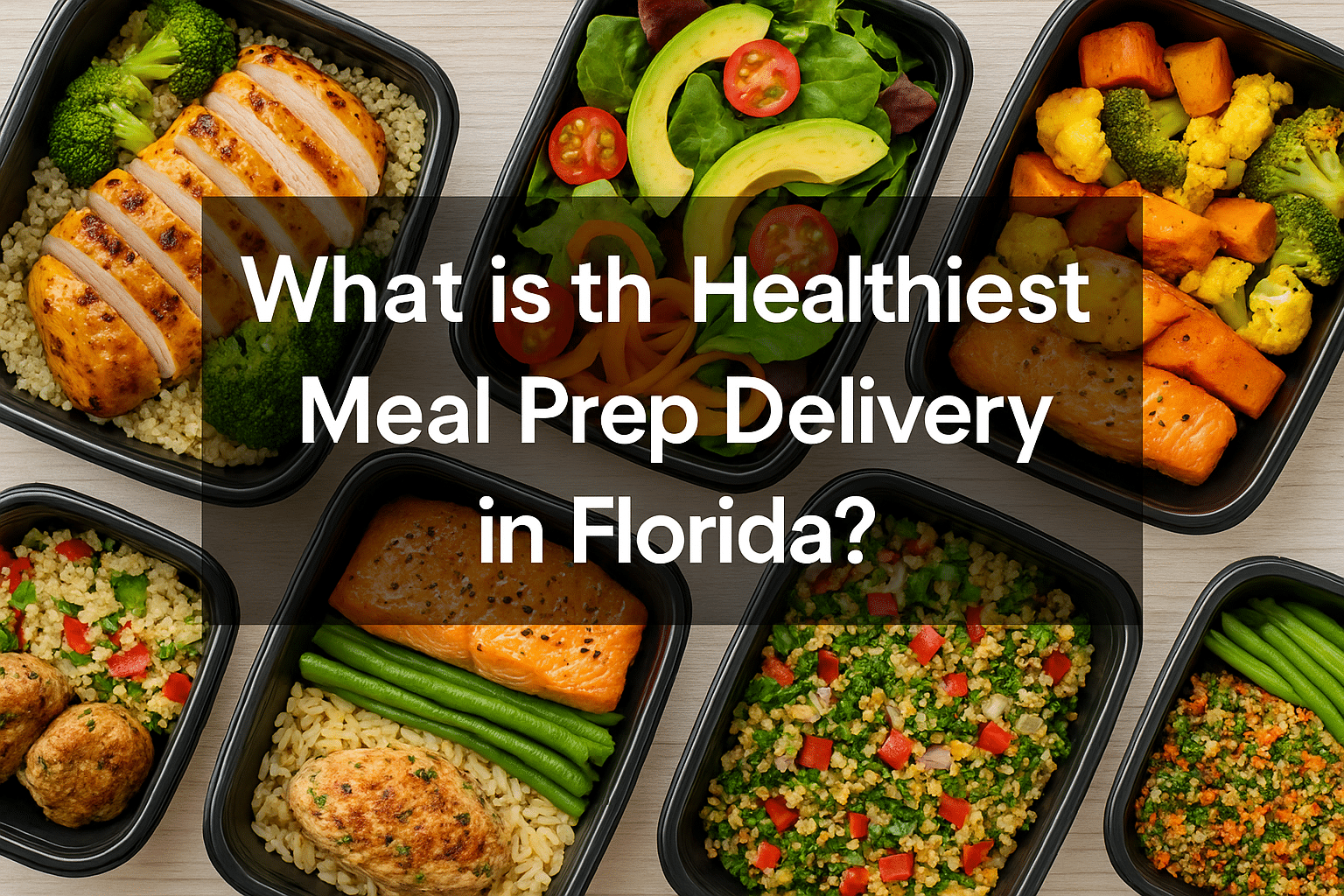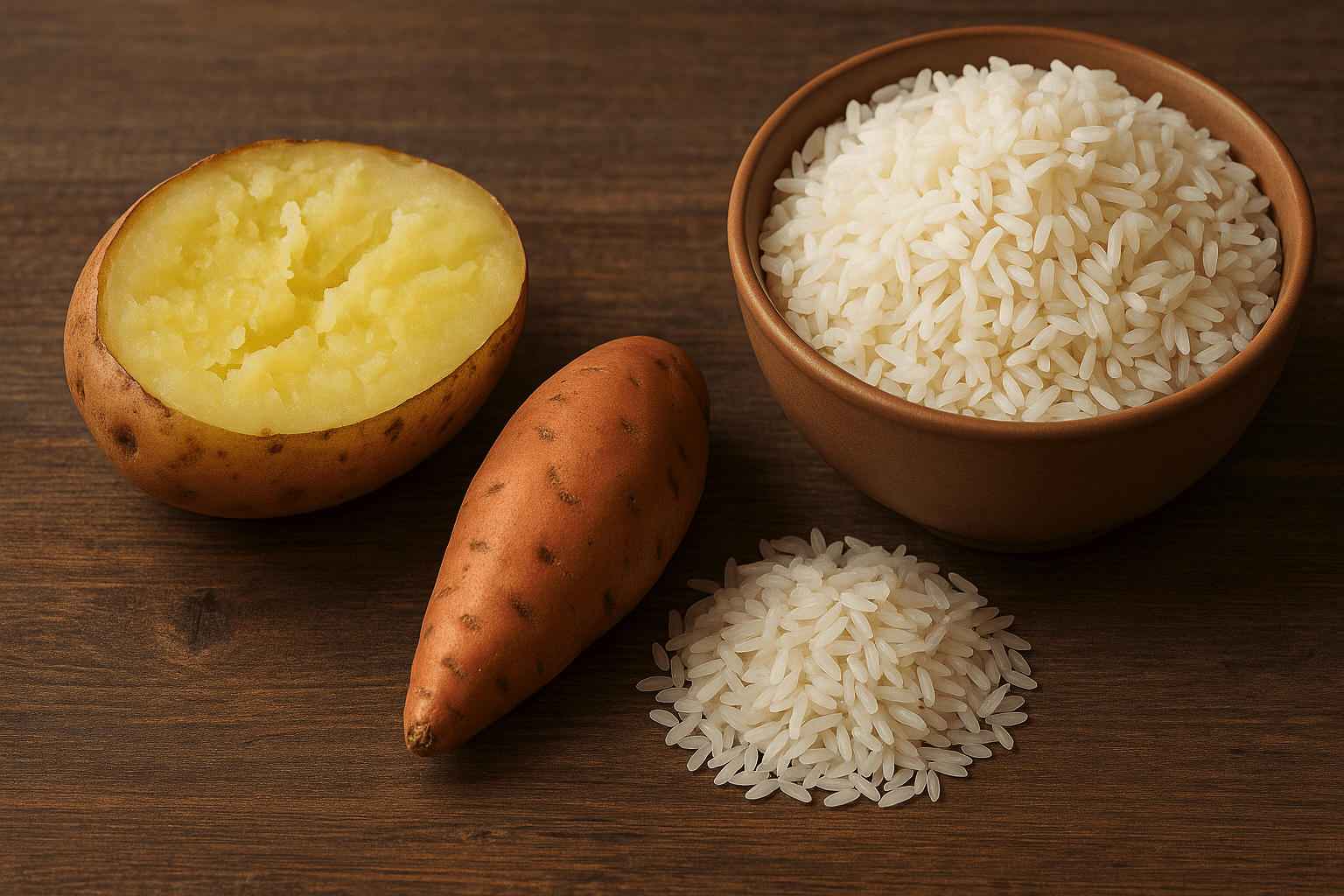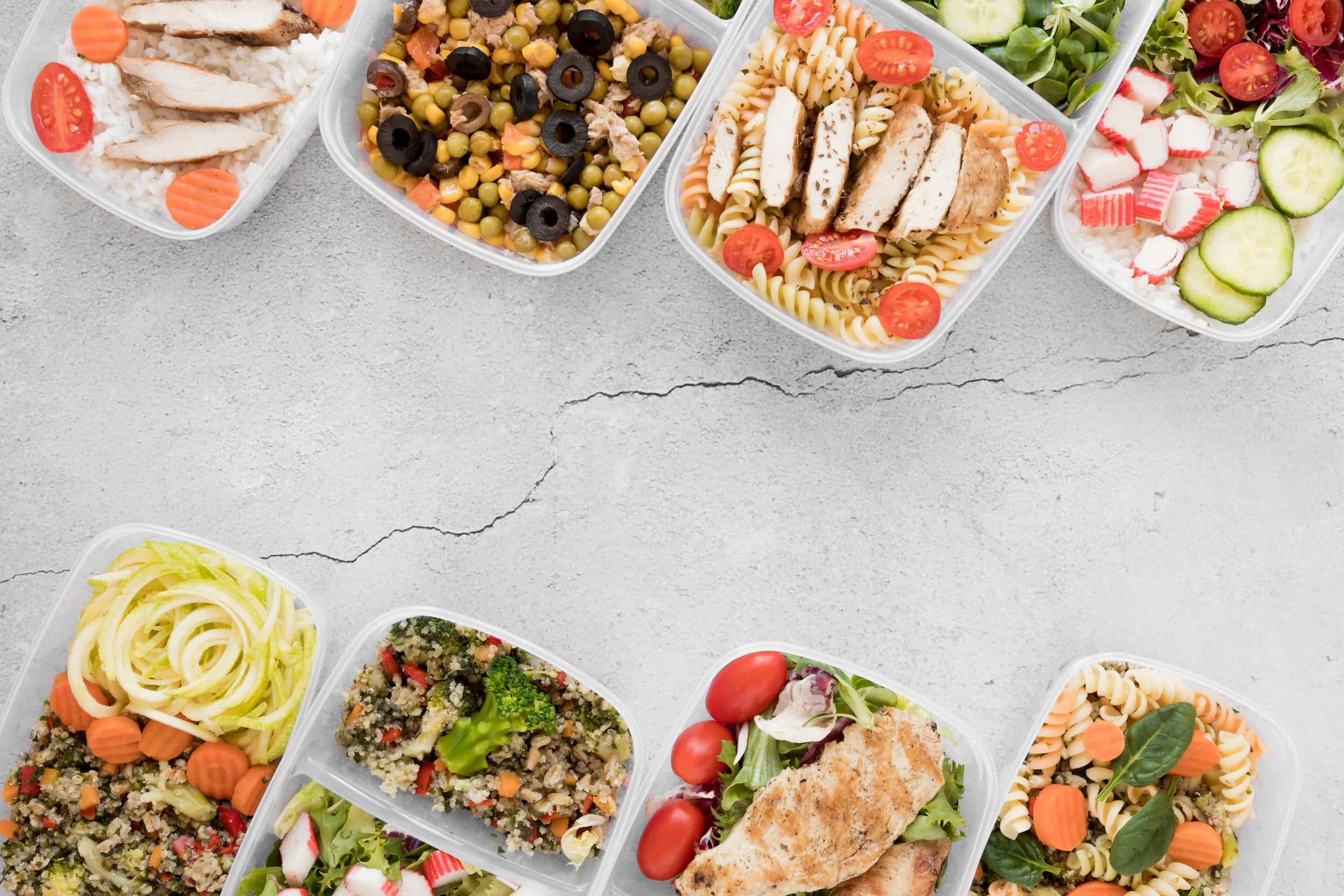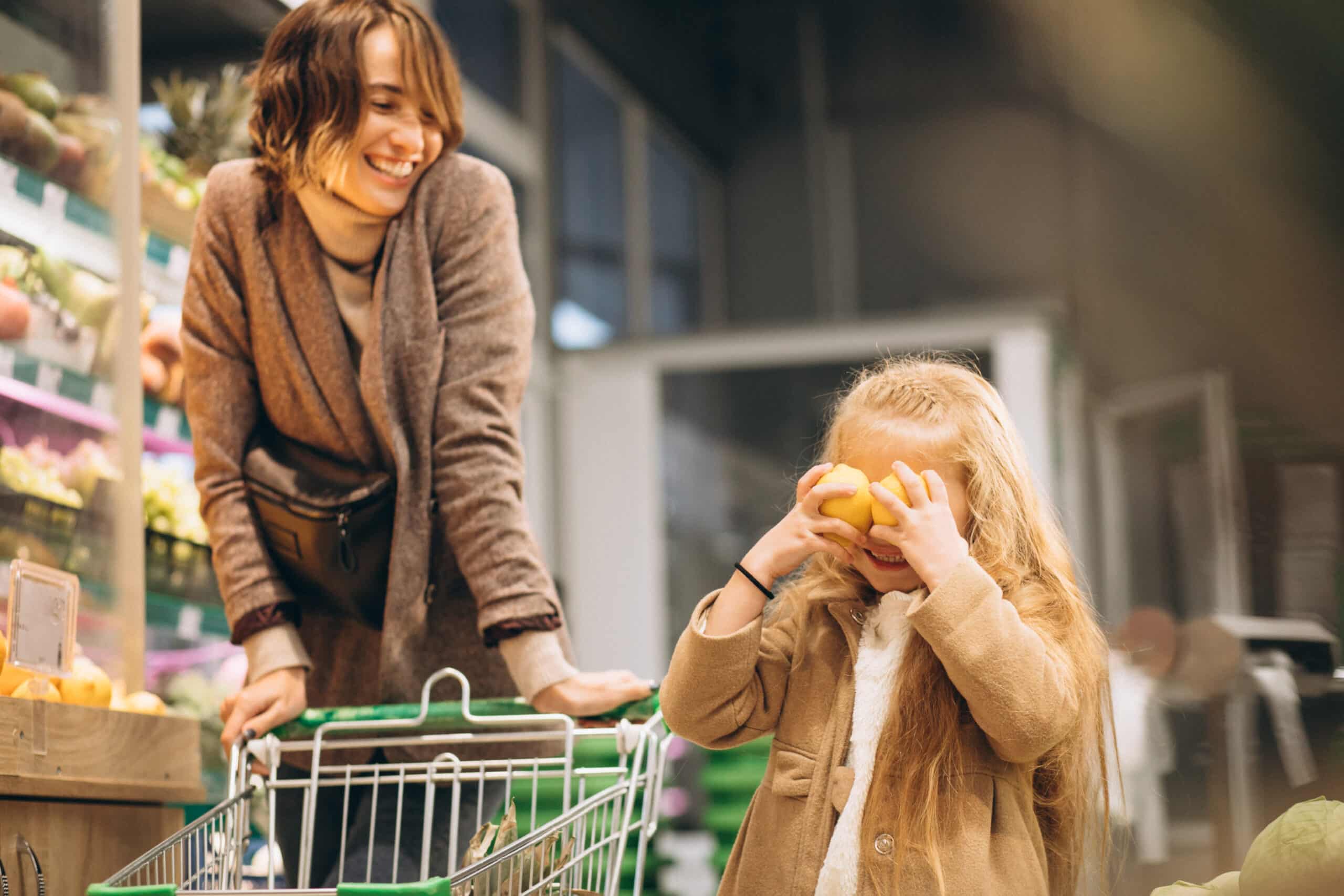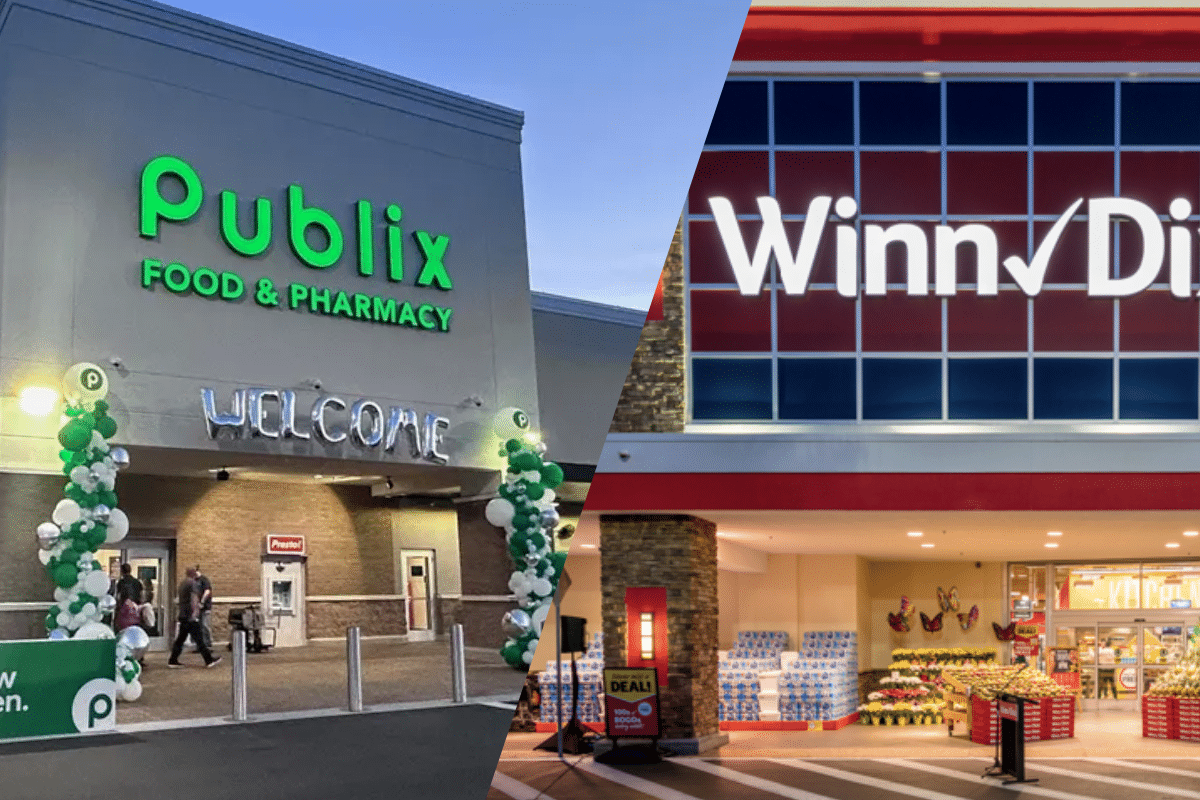When it comes to saving money on food, the first thought that comes to mind is usually, “Which grocery store is cheapest?” In Orlando, there are plenty of options—from large chains to discount grocers. But is shopping at the cheapest grocery store really saving you money?
Let’s break down the pros and cons, compare the hidden costs, and reveal a smarter option that might surprise you.
Popular Low-Cost Grocery Stores in Orlando
While we won’t rank them, here are some stores that are often mentioned for low prices:
- Aldi
- Walmart Supercenter
- Save A Lot
- Bravo Supermarkets
- Target (with promotions)
These stores typically offer competitive pricing on staples like rice, chicken, produce, and canned goods.
Pros of Buying Groceries Yourself:
- Lower sticker price: Groceries can seem cheaper per meal if you cook everything from scratch.
- Full control: You choose every ingredient and cooking method.
- Flexibility: You can meal prep exactly what you want and control portions.
- Potential for variety: You can experiment with new recipes and cuisines.
Cons of Grocery Shopping in Orlando:
- Gas and Traffic: With I-4 backups, construction delays, and long commutes through Colonial Drive or Kirkman Road, grocery runs can become a two-hour ordeal.
- Parking Hassles: Especially in busy shopping centers near the Florida Mall or International Drive. Sometimes, just finding a spot can be a headache.
- Impulse Buys: It’s easy to walk in for eggs and leave with $40 worth of snacks.
- Time Cost: Shopping, driving, unloading, prepping, cooking, and cleaning up—it adds up to hours of your time each week.
- Food Waste: You might buy produce or meats in bulk to save, but if not consumed in time, they spoil and go to waste.
The Hidden Costs of “Cheap” Groceries
Let’s say you save some money by going to a cheaper store instead of using meal delivery. But if the entire trip takes 2–3 hours including cooking and cleaning, how much is your time worth?
At Florida’s average hourly wage of around $25 , your grocery trip could actually be costing you $50–$75 in time alone. And that doesn’t include the wear and tear on your car or gas prices hovering around $4.89/gallon in areas like Lake Eola, Winter Park, or Downtown Orlando.
And let’s not forget the energy cost—mental and physical. After a long workday or workout at LA Fitness or F45, the last thing you want to do is stand over a stove for an hour.
What to Look for in a Smart Meal Prep Solution
If you’re thinking about skipping the store altogether, here’s what a good meal prep service should offer:
- Fresh, never frozen ingredients
- Meals prepared by chefs with proper portion control
- Flexible menus to meet different goals (weight loss, muscle gain, balanced diet)
- Delivery schedules that work around your life
- Clear nutritional breakdowns
- Reliable customer service and easy-to-use website
How Jet Fuel Meals Checks Every Box
Jet Fuel Meals delivers all the above and more. Designed for busy people in Florida—including Orlando—they offer:
- Healthy, chef-prepared meals using organic and non-GMO ingredients
- Delivery 3 times per week so everything stays fresh
- Zero prep or cleanup time
- Options for athletes, busy professionals, parents, and anyone with a health goal
Jet Fuel Meals is not just about food—it’s about reclaiming your time. And it’s about staying consistent with your health goals without having to sacrifice quality or taste.
Why Orlando Locals Choose Jet Fuel Meals
If you live in areas like Baldwin Park, Downtown Orlando, Winter Park, or Dr. Phillips, you know how packed the roads can get. After work hours, getting across town just to pick up a few groceries can feel like a mission.
Or maybe you’re someone who trains at Iron Religion Gym or takes early morning classes at OrangeTheory. With Jet Fuel Meals, you don’t have to sacrifice your workouts or your evenings. Your meals are ready to eat, portioned perfectly, and made with clean ingredients.
Customers also rave about the service:
- Google Reviews highlight outstanding customer service, always on time deliveries, and delicious flavors.
- Busy moms appreciate not having to cook every night.
- Professionals love the reliability and the clear results in their fitness or weight loss goals.
Health Benefits of Meal Prep Delivery
Besides the convenience and time efficiency, Jet Fuel Meals makes it easier to eat clean consistently. That’s something no grocery store can promise.
Benefits include:
- Controlled calories and macros
- Reduced temptation to eat out
- No processed junk or hidden sugars
- Balanced carbs, lean proteins, and healthy fats
And everything is cooked by professionals—so it actually tastes good, not like bland diet food.
Who Jet Fuel Meals is For
You don’t have to be an athlete to benefit from meal prep delivery. Jet Fuel Meals is ideal for:
- Busy professionals trying to eat clean
- Parents managing tight schedules
- Fitness lovers focused on body goals
- Seniors who want healthy meals without the hassle
- Anyone tired of cooking every day
Whether you live in Avalon Park, MetroWest, Lake Nona or Windermere, Jet Fuel Meals delivers straight to your door.
Final Thoughts: Cheapest Isn’t Always Best
Yes, some grocery stores in Orlando offer lower prices. But when you consider the real costs—gas, time, impulse buys, stress, and cleanup—it’s not as cheap as it looks.
Jet Fuel Meals offers more than just food. With convenient pricing starting at just $8.50 per meal, it offers:
- Peace of mind
- Time freedom
- Clean, consistent nutrition
- Flexible plans for every lifestyle
If you’re tired of grocery runs, tired of cooking, or just want a better way to stick to your health goals—Jet Fuel Meals is the smartest choice you haven’t made yet.
Check out the options at Jet Fuel Meals and start fueling your life the smarter way.


